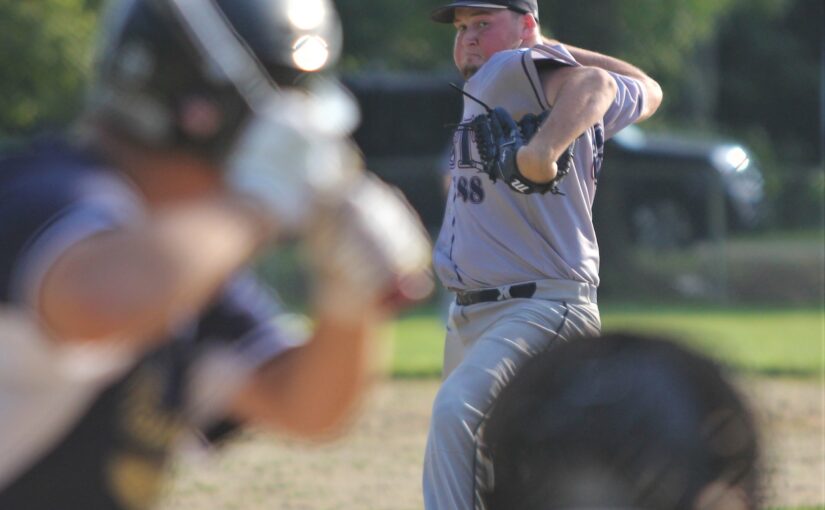A scientific slump cure
Baseball hitters at all levels of play experience slumps. Normally good hitters go through periods where they can’t even buy a base hit. A whole body of baseball myth and folklore has sprung up through the years around just how to break a slump.
Players have been advised to try such esoteric remedies as wearing certain clothes, parting hair a specified way, eating particular foods, etc.
 Interestingly, all these remedies eventually appear to work—not because they have any merit, but since all slumps come to an end, the fortunate player often credits the remedy one way or another.
Interestingly, all these remedies eventually appear to work—not because they have any merit, but since all slumps come to an end, the fortunate player often credits the remedy one way or another.
Is there a slump cure that, due to sound athletic reasons, really does work?
One procedure that likely has merit is stepless batting practice. In this drill, the hitter takes normal batting practice, but without the usual front foot stride toward the pitcher.
Instead he/she leaves both feet firmly planted, swinging with arms only. Obviously, this forces the batter to concentrate on meeting the ball, rather than driving it with power.
Once this technique is mastered, and the hitter is squarely meeting the ball – hitting soft little line drives to short outfield locations – a second procedure is added: Following the pitch with the eyes long enough to observe the split-second when ball meets bat.
Ted Williams advocated this practice for fine-tuning hitting form. There is no written evidence that Williams ever suggested combining watching ball meet bat with stepless batting practice. Never-the-less the two methods are mutually compatible for use during batting practice, providing a doubly effective means of slump elimination.
The third phase of the slump cure is for the next hitter to hit several batting practice pitches, using normal form, which of course includes the customary front foot step. Ideally, this should produce hard line drives, especially to center field.
To retain the psychological component of the slump cure, only a few balls should be hit, at most five or six, before ending the session. If the batter has not made good contact during those five or six swings however, the whole three stage slump cure routine should be repeated, but only once.
Why does this so-called scientific slump cure work? Eliminating legs and feet forces greater attention on what the hands, arms, and eyes are doing. The hitter knows that without leg action, he’ll have little power, so he might as well focus on meeting the ball squarely.
When the attempt to see bat meet ball is added to the routine, this should heighten the emphasis on good contact even more. Finally, putting the leg action back into the practice session should cause the batter to reconceptualize what the act of hitting a baseball really entails.
In other words, the drill promotes self-appraisal and greater insight. Getting away from good hitting form is probably what caused the slump in the first place.
While our emphasis has been primarily on scholastic baseball, there is no reason this slump-cure methodology cannot be applied to fast-pitch softball. Over the past thirty-odd years, high school and college athletics has witnessed a phenomenal growth of fast pitch softball as a women’s varsity sport.
Prior to that, softball was highly popular since the 1930’s as both a men’s and women’s sport, but largely as an adult recreational game largely outside of scholastic involvement, except for intramurals.
Softball hitting slumps differ from baseball slumps in that they result more from hitter over or under striding, rather than being more frequently fooled by a given pitch. The larger ball and less amount of break on a pitcher’s “stuff” results in a slumping softball hitter beating the ball into the ground or popping it up more, rather than experiencing a greater frequency of striking out.
It may appear to some that swinging during practice with the feet stationary and the batter watching ball meet bat, whether in baseball or softball, is but one more dose of gimmickry, along with hair parting, wearing same clothes or eating certain foods.
Unlike those far-out remedies, however, this slump cure is underscored by some sound scientific and athletic concepts.



